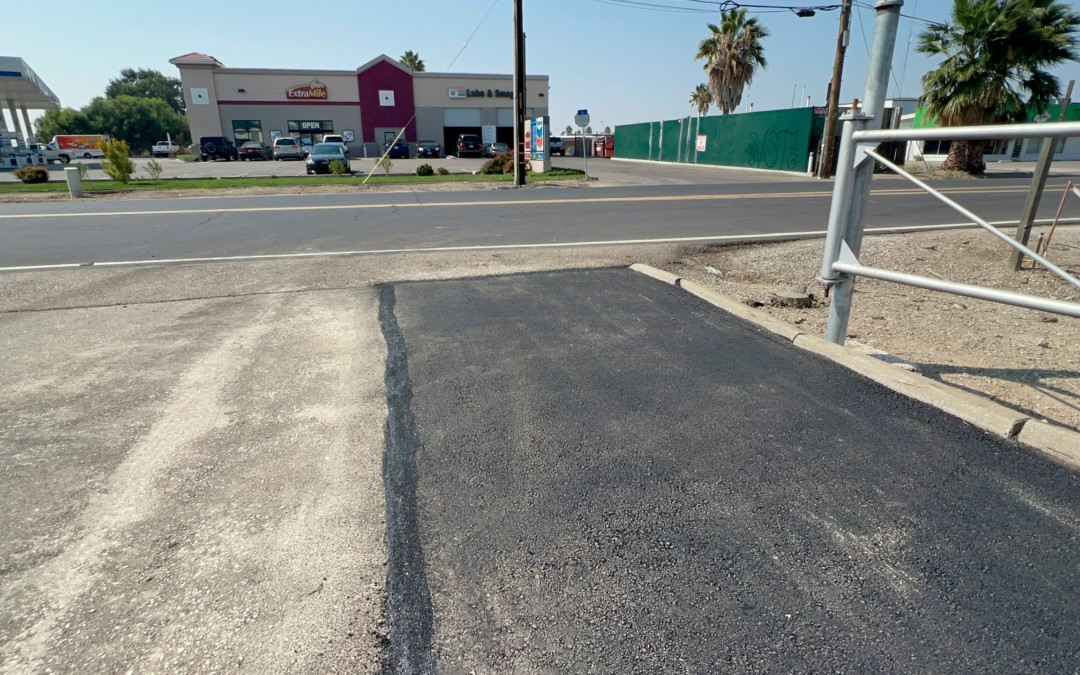Paving costs have been steadily increasing in recent years, and 2024 has seen a notable spike. This trend has left many property owners scratching their heads and wondering about the factors contributing to the high costs. In this article, we will delve into the main reasons why paving has become so expensive in 2024.
Rising Material Costs
One of the primary drivers behind the increasing cost of paving is the surge in material costs. Materials such as concrete, asphalt, and natural stone have all seen significant price hikes. This rise can be attributed to several interconnected factors:
- Inflation: General inflationary trends have led to an overall increase in the price of goods and services, including construction materials. As the cost of living rises, so does the cost of raw materials.
- Supply Chain Disruptions: The global supply chain has faced numerous disruptions over the past few years, ranging from pandemic-related shutdowns to geopolitical tensions. These disruptions have made it more challenging and expensive to procure the necessary materials for paving projects.
- Increasing Demand: As economies recover and infrastructure projects ramp up, the demand for construction materials has surged. This increased demand has put pressure on supply chains, further driving up prices.
Escalating Labor Costs
Labor costs have also seen a significant increase, contributing to the overall rise in paving costs. In 2024, labor costs have risen by approximately 4.5% compared to 2023. Several factors have fueled this increase:
- Skilled Labor Shortage: The construction industry is experiencing a shortage of skilled workers. As older workers retire and fewer young people enter the trades, the competition for skilled labor intensifies. This shortage drives up wages as companies vie to attract and retain qualified workers.
- Increasing Wages: In addition to the shortage of skilled workers, there has been a general trend towards higher wages across many industries. As the cost of living increases, workers demand higher pay to keep up with their expenses. This trend is particularly pronounced in the construction sector, where physical labor and specialized skills are highly valued.
Rising Transportation Costs
Transportation costs have also played a significant role in the escalating cost of paving projects. The cost of fuel and transportation has been on the rise, impacting the overall expense of getting materials and equipment to job sites. Several factors contribute to this increase:
- Fuel Prices: The price of fuel has been volatile in recent years, with various factors such as geopolitical tensions, supply chain disruptions, and environmental regulations affecting the cost. Higher fuel prices directly impact the cost of transporting materials and equipment, adding to the overall cost of paving projects.
- Logistical Challenges: The construction industry relies heavily on logistics and transportation networks to move materials and equipment efficiently. Any disruptions or inefficiencies in these networks can lead to increased costs. Issues such as traffic congestion, limited trucking capacity, and regulatory changes can all contribute to higher transportation costs.
Increased Demand for Paving Services
The demand for paving services has also seen a significant uptick in recent years. As property owners invest in their properties and seek to improve their outdoor spaces, the competition for paving services has increased. This heightened demand can drive up prices as contractors are able to charge more due to the high demand. Several factors contribute to this increased demand:
- Property Improvements: Homeowners and commercial property owners alike are increasingly investing in their properties, seeking to enhance curb appeal and functionality. Paving projects, such as driveways, patios, and walkways, are popular improvements that can significantly enhance the value and aesthetics of a property.
- Infrastructure Projects: Governments and municipalities are investing in infrastructure projects to improve transportation networks, public spaces, and utilities. These projects often require significant paving work, adding to the overall demand for paving services.
- Economic Recovery: As economies recover from the impacts of the COVID-19 pandemic, there is a surge in construction and development activities. This recovery has led to increased demand for paving services as new projects are initiated and existing properties are upgraded.
Mitigating the Impact of Rising Paving Costs
While the rising cost of paving may seem inevitable, there are strategies that property owners and contractors can employ to mitigate the impact:
- Planning and Budgeting: Careful planning and budgeting can help property owners manage the costs of paving projects. By obtaining multiple quotes, comparing prices, and setting realistic budgets, property owners can make informed decisions and avoid unexpected expenses.
- Material Selection: Choosing cost-effective materials can help reduce the overall cost of paving projects. While premium materials such as natural stone may be desirable, there are often more affordable alternatives that can achieve similar results.
- Efficient Project Management: Efficient project management practices can help minimize delays and reduce costs. By coordinating schedules, optimizing workflows, and minimizing downtime, contractors can complete projects more efficiently and cost-effectively.
- Exploring Financing Options: Property owners may also explore financing options to manage the cost of paving projects. Many contractors offer financing plans that allow property owners to spread the cost of the project over time, making it more manageable.
Conclusion
The rising cost of paving in 2024 is driven by several interrelated factors, including increasing material costs, escalating labor expenses, rising transportation costs, and heightened demand for paving services. While these factors contribute to the overall expense, property owners and contractors can employ strategies to mitigate the impact and manage costs effectively. By understanding the underlying reasons for the cost increase and taking proactive measures, property owners can navigate the challenges and achieve successful paving projects.

